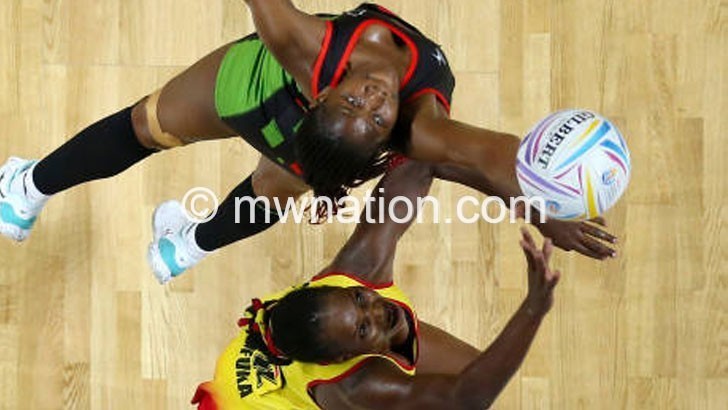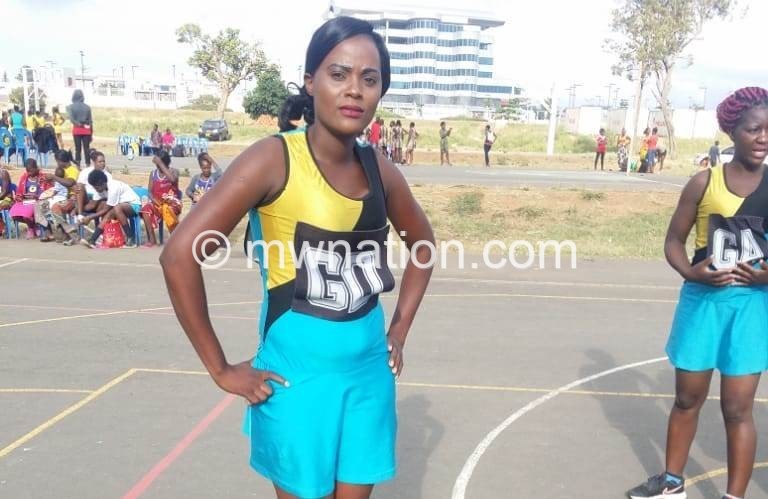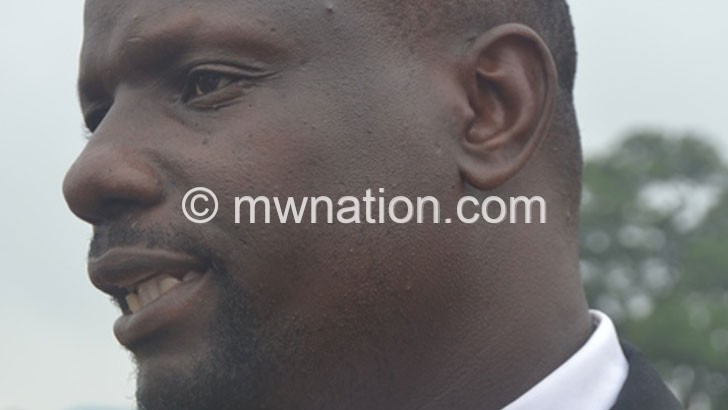Injuries robbing Malawi sports
 You must have seen it. A player is mowed down by a careless tackler. The victim rolls on his back writhing in pain. Men rush onto the pitch with bottles of water to sprinkle on the injured limb. Seconds later, the injured player springs back on his feet playing again.
You must have seen it. A player is mowed down by a careless tackler. The victim rolls on his back writhing in pain. Men rush onto the pitch with bottles of water to sprinkle on the injured limb. Seconds later, the injured player springs back on his feet playing again.
So, is water medication to bruised ankles? Well, in most cases such seemingly simple knocks, unless treated, become severe career-threatening injuries.
And most of the injuries that domestic athletes, mostly footballers receive are preventable, but poor facilities and almost non-existent investment in sports medicine are costing careers, SportsXtra has established.
On average, each of the 15 Super League teams loses three players to career-threatening injuries every season. Some 50 sports-related injuries are registered at specialist Beit Cure International Hospital in Blantyre every month.
Most common injuries for domestic athletes are ankle sprains and soft tissue (muscle) injuries with the anterior cruciate ligament (ACL) as the most dangerous, Beit Cure doctors, John Cashman and Aysha Mukadam confirmed recently.
Positioned inside the knee, ACL are crucial for athletes’ twisting and turning. Usually bumpy Malawi playing surfaces expose athletes to more of such injuries as the ACL are overworked.
“The danger is that once ACL is torn it does not heal. You cannot repair it but reconstruct it and most of the times an athlete cannot be as good as before. Most athletes can finish a game after what seem like a small knock, but there are long term effects,†said consultant orthopaedic surgeon Cashman.
The hospital, with highly qualified surgeons from the West, is better placed to advise teams on how to handle injuries and prevent them.
Primarily, Beit Cure treats children’s injuries freely. Located south-west of the Queen Elizabeth Central Hospital, Beit Cure has revived careers of footballers such as James Chilapondwa (ex Bakili Bullets and Escom United), Foster Namwela (Mighty Wanderers) and netballer Mary Waya.
“Cure has the best of treatment. I have been to most hospitals in Lilongwe, but my hope for my career is on Cure,†Immanuel Zoya recently said, seemingly echoing Chilapondwa’s sentiments.
Chilapondwa suffered a knee injury in Tanzania in 2009 and simply could not get specialist treatment.
Kachule and Lanjesi are working their way back to full fitness. Zoya was ruled out from international football with the Flames while Panganeni Ndovi might miss action for six months since February.
Non-existent investment in sports treatment at club level coupled with failure to embrace sports medicine association in the psyche of domestic sports, has experts warning of more losses of athletes’ careers.
Mukadam advises athletes who think they have just suffered a small knock to consult doctors at Beit Cure’s Minor Injury Clinic for as low as K2 000 and get a proper picture of their injuries.
At the Blantyre hospital, physiotherapy costs about K6 000 and consulting an orthopaedic surgeon is at K7 000.
These costs pale in comparison to other specialist hospitals only accessible in few countries in southern Africa such as South Africa.
The biggest problem with Malawi sports teams, including for football, is that they are poor in investing in sports science, let alone, medicine is a luxury, noted Mighty Wanderers official Richard Kambalame last month.
Domasi College of Education chief lecturer in physical education and sports Dr. Mark Tembo recently advised Malawi sports teams to embrace sports science by paying attention to athletes’ training in relation to the food and water they take.
“The fluids in athletes’ bodies before, during and after training play a vital role in sports performance. During training, for example, athletes lose a lot of water, especially if the training is intensive, as it ought to be. If water is not replaced within 30 minutes after training or competition, the athlete’s potential to do well is greatly compromised,†Tembo argued.
“According to research, each athlete is supposed to know his or her body weight and the replacement of fluids is supposed to be done according to the individual’s weight, the intensity of the physical activity and the ground temperature.â€
Sports science techniques such as using body measurements in combination with urine sample taken in the morning, are easy and cheap; hence, there should be no excuse for lack of resources, noted Tembo.
“Failure to do this is perhaps one possible reason that let us down in high competitive sports. Sports science is not ‘a mumbo jumbo’, it is real.
Let us go the sports science way. Herbs, if any, do not help,†he concluded.





